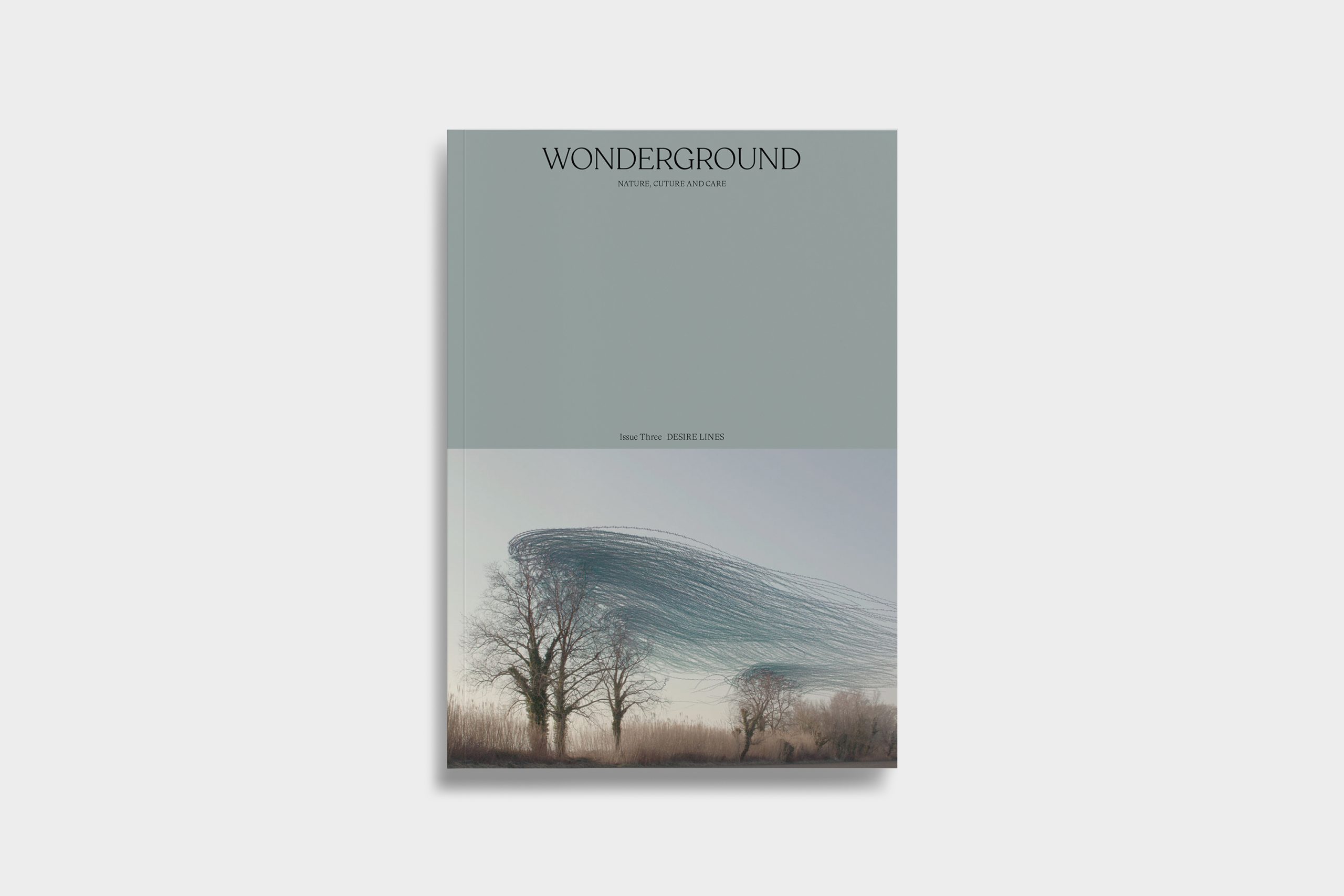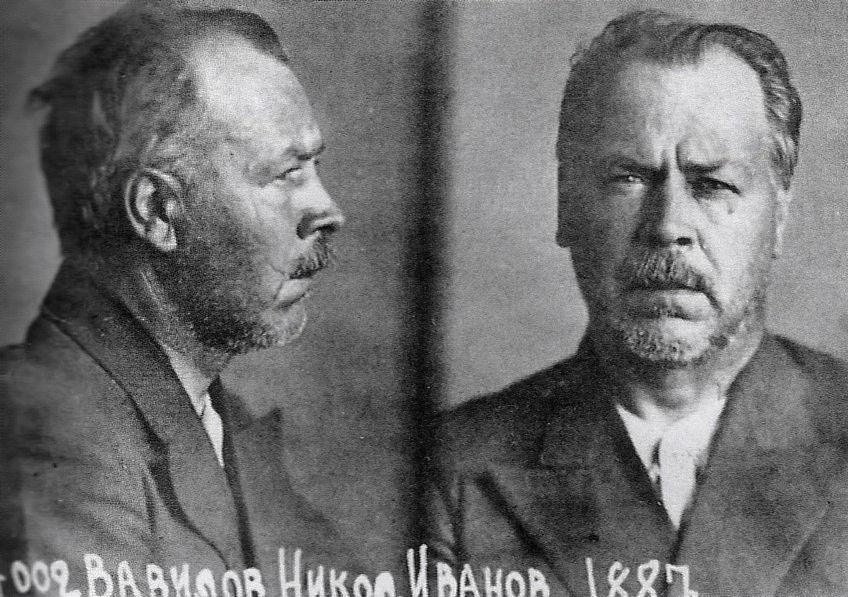A Line Across the Deep

- Words by
- Sarah Sentilles
I was driving on a dirt road at the base of the Ruby Mountain Range with my husband Eric and our six-month-old son. Eric had marked our destination – Ruby Valley Hot Springs – using what3words, an app that marks every three metre square of landscape with a combination of three words, a poet’s dream. But the app wasn’t working in that Nevada wilderness, and the road was rough, frozen in spots, deep mud in others. The geothermal activity had rendered the road unsafe for vehicles. I should clarify. By unsafe, I mean my mind had developed increased imaginative capacities for disaster, for ruin, after bringing our son home from the hospital. What if we get stuck? What if it gets dark before we find anything? What if no-one finds us? What if we don’t belong here?
But with paper maps and Eric’s sense of direction, we found the hot springs. And we found level ground where we could park our van and spend the night. We climbed out of the van at sunset, the sky pink, the grasses gold, everything gold in that slanted light. On the hillside above us were wild horses. We walked around the three hot springs pools that we could see, our shoes caked in grey mud, the grass crunching with every step. Across the largest pool, the deepest, the hottest, someone had staked a rope from one side to the other. In the middle of that deep water, you could hold on to the rope, and it would support you. You could float.
We ate dinner, and then Eric went for a swim in the second pool, but I was too afraid. Of the dark. Of the water. Of the unknown. I stayed inside the van with our sleeping baby and read a book until Eric returned, his body steaming in the cold night. You should go, he said. It’s magical. He described the stars in the sky and the stars in the water. But I refused.
The next morning, I found some courage, the kind born from knowing I would feel worse not having gone into that water than I would feel after anything that might happen while in it. I walked to the edge of the pool, the ground still night-frozen. I took off my clothes and entered the hot springs. And it was magical – the heat bubbling from the earth, the pink of the rising sun, the snow-capped mountains, the valley still gold.
I’m a writer, and I help people with their writing. More directly, I help people navigate their fears about writing. And their fears about writing aren’t that different from the fears that kept me in the van that first night at the hot springs. What if we get stuck? What if it gets dark before we find anything? What if no-one finds us? What if we don’t belong here?
We’ve been fed so many lies about making art. That it’s selfish or useless or frivolous or a waste of time. That it will ruin our careers or our finances or our lives. That we have nothing to say. That we have too much to say. That our emotions are too big or too small. That we’re dramatic. That we’re boring. That we’re too old or too young. That we don’t know what we’re doing. That we aren’t real writers. That everything has already been said. That it’s too late to start now. When I hear people repeat these lies, when I hear their fears – which are my fears, our fears – when I hear that sabotaging and wily voice, I think of that rope stretched across the first hot springs pool. I remember that it’s part of my work to help writers and artists string a line across the deep.
Being a writer, for me, means that I suffer from amnesia. Sometimes, I forget, overnight, that I’m a writer, that writing is something I love to do, that it’s something I’m good at. Is there any other practice that’s as easily forgotten? I can spend all day writing, spend hours working on an essay or a chapter or some new idea, and then I go to bed, and I wake up, and it’s as if I’ve never written a word before and never will again. It’s as if my desk belongs to someone else, my project unfamiliar. What was I working on? Why did I think this was a good idea? What is this book even about? Who do I think I am?
The only way to recover from this recurring amnesia is to grab hold of the rope I’ve left myself across that expanse of doubt and oblivion. The rope is made of the practices that keep me connected to my writing, to my artist self, that help me remember.
Here is one: at night, I leave myself a love note to find the next morning. Sometimes the love note looks like this – ‘You did it! You’re writing! Way to go!’ Other times the love note is more specific, practical – ‘You were working on the dialogue in chapter two yesterday. Today start with the scene in the canyon.’ Here is another practice: I keep a process journal by my computer, a habit the writer Ruth Ozeki taught me. I make notes in my process journal, draw diagrams, jot down ideas, map out story structure, record questions and insights and trouble spots, mark connections. And here is another: I remember the words of the artist Linda Hutchins, who said, ‘The morning starts the night before.’ I prepare my writing space before I go to bed. I turn off email. Turn off social media. Leave only the document I’m working on open on my computer. This collection of routines means I don’t have to reinvent myself as an artist every time I sit down to write.
After I soaked in the hot springs pool that morning in Nevada, our family drove home to Idaho. Arched across parts of the Nevada highway were land bridges, wildlife crossings that allow animals safe passage over danger. Where I live, we don’t have land bridges. We share our valley with all kinds of animals – elk, mountain lions, deer, antelope, foxes, skunks, bobcats, lynx – and they all have to cross highway traffic to reach the river. These beautiful beasts get killed by cars all the time. We’ve failed them.
The writer Alice Dark once told me that she’s learnt the most about the patience writing requires through her relationships with feral animals. To see them, you must show up, watch and listen. You wait. And wait. You bring an offering. You wait some more. You still yourself. You watch for wildness.
LAND BRIDGES – LIKE DARK’S FERAL ANIMALS, like that rope stretched across the hot springs pool – have taught me what it looks like to protect time for our creative work. How might we build structures that support our art and keep it safe from the traffic in our lives? Can you tell the difference between the parts of your life that are traffic and the parts that need protecting? Are you familiar with the wildness you want to help thrive?
When I was working on Draw Your Weapons, I became interested in people of faith who venerate saints. For believers, the holiness of the saints transcends death, stays attached to their bodies, even when buried or entombed. Believers want to touch the saints’ bodies, see their bodies, even in parts. Shards of bone. Vials of blood. Tongues and larynxes and jaws. Sometimes a regular everyday object – a piece of cloth, a wooden box – can become holy just by being in contact with the saint’s body. Small holes are drilled into tombs or caskets so things can be lowered through the holes on strings to touch the saint. The holiness travels from the body to the object along that lowered string.
We all need the threads that keep us connected to the holy work of making art. I understand writing and supporting other people to write to be political acts. It’s not content that makes writing political. It’s the act of writing itself – the introduction of a new sentence into the world with all its possibility.
In The Body in Pain, Elaine Scarry calls pieces of art ‘fragments of world alteration’. If artists can alter the world in fragments – a cup, a painting, a paragraph – then they help us remember our agency. They remind us that transformation is possible, that the world is made and can be unmade and remade. To turn toward our art then is to turn toward the world and remember it’s possible to repair it. It’s an urgent task. It’s frightening too. But we don’t write alone. Our creative work is well supported. There are lines stretched across the deep. There are bridges built for safe crossing. And there are strings lowered into the holy dark.
–
Post cover image: Colin Knowles / Wikipedia Commons








